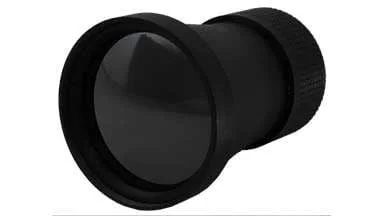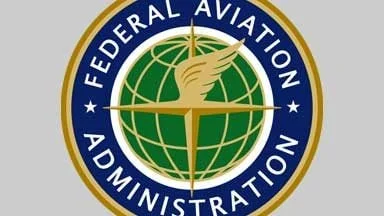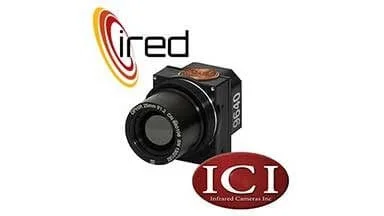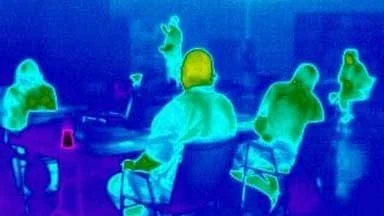It looks as though COVID-19 is here to stay. With our lifestyles so drastically altered over the last several months, there is a growing sense of public restlessness. Industries worldwide are developing new technologies and procedures to get back to normal without sacrificing safety. The travel industry is no exception.
A new normal is forming with temperature screening at airports. The next time you enter an airport, you’re likely to encounter a few new airport screening procedures. There are exciting and innovative updates for traveling, especially those involving infrared technology and airports.
Check-In and Thermal Screening Process
Once you’ve booked a flight to your favorite getaway. New policies and technologies may mean a new check-in experience. Travelers could now encounter temperature screening at airport entrances. Additionally, airports around the country are testing biometric facial recognition to decrease physical contact.
As expected, heightened disinfection practices are currently implemented worldwide. These might include fog or UV disinfectors for bag sterilization, which are already in use in certain locations. Some airports around the world are even requiring passengers to pass through individual disinfection stations.
Airports are working hard to limit contact in order to protect their employees and passengers. Airlines are implementing large barriers or telecommunication for travelers to connect with staff. These futuristic methods could streamline air travel while keeping passengers and staff protected.
Masks, Masks, Masks
Most major airports already have a face covering requirement in place, so plan to bring your mask. TSA now requires airport staff to wear masks, gloves, and eye protection. There is also mandatory social distancing. With measures such as directional signage, blocking off chairs, removing tables, and prohibiting non. Most airports are also implementing rigorous cleaning protocols, especially for highly trafficked areas.
Touch-Free Technology
The world has shifted towards using mobile phones for nearly everything. But COVID-19 has pushed airports to develop fresh new technology to keep the public safe. Online check-in is already familiar to most, however, touchless biometric iris and facial scanners are a new concept. These are already in use by major airlines such as Delta, and they are now used in large airports across the US. These measures potentially render the need to hand identification cards, boarding passes, and forms of payment obsolete.
New Airport Screening Procedures During Security
Visualize the pre-COVID-19 security screening process. Crowds poured into packed lines, bottlenecking into a small area. Personal items shuffled and examined, bins filled, and handed from person to person. From a social distancing standpoint, this model is no longer a responsible practice. Restructuring the security screening experience is necessary to ensure the publics’ safety.
Implementing a 6-foot radius between individuals and mandating masks will cause space issues and time delays. And there’s still the cross-contamination to address, with the constant handling of bins and baskets. The new process must overcome major logistical challenges.
Airports are working hard to roll out new solutions and airport screening procedures that allow people to remain socially distanced without compromising the process. Here is a look at a few of the updated procedures we can expect as we avoid COVID-19 in airports.
A New Way to Fall in Line
Each airport is implementing its own process while considering numerous logistical options. Some will reduce the number of security lanes in operation. While others such as Montreal’s international airport are allowing people to book an appointment to go through the security checkpoint ahead of time. Other options might include a type of fast pass that signals a traveler when it’s time to head to security. These will allow staff to disinfect properly and keep people at a safe distance from one another.
Thermal Screening Process at Airport Security
Some airports are utilizing infrared technology to spot people with elevated temperatures. This process works by mounting a thermal camera to the metal detector. As flyers approach the metal detector, the camera scans for a temperature. If the flyer has an elevated body temperature then an alert will be shown on the screen to alert airport staff. The scan takes a few seconds, keeping the flow of traffic moving. Overall, temperature screening at airports makes it easy to separate potentially ill individuals from the general public.
Packing and Items
Staying up to date with TSA’s guidelines for packing is a great way to reduce contamination. Following guidelines allows agents to simply scan your bag rather than opening and searching it. As updated regulations are published, it is important to stay up to date. One important updated regulation is food items must be separated in a clear plastic bag and X-ray examined by themselves. Another new change passengers will appreciate is the allowance of up to 12 ounces of liquid hand sanitizer per traveler.
New Airport Screening Procedures in the Boarding Process
Airlines are working to implement a boarding process to keep passengers and staff healthy. Interactions with airline staff now look different. Passengers now will hold up their documents rather than passing them to staff members. TSA agents and flight staff wear protective equipment such as face coverings and gloves. Food and beverage services are less frequent. The following are a few additional procedural changes to expect in the actual boarding process.
Temperature Screening at the Gate
Airlines around the world are implementing temperature screening procedures including Delta and Southwest Airlines. Screened by staff as they board the plane, temperatures are quickly and accurately measured via handheld infrared thermometers or mounted infrared cameras. All airlines are different, but standard practice is that individuals registering a temperature higher than 100.4 would not be permitted to enter the plane.
New Protocols for Entering the Plane
Extra social distancing policies are also implemented in the boarding process. Disinfectants like fogs and hospital grade antimicrobial cleaners are used between flights. Passengers will board in much smaller numbers, than in the past. Southwest plans to board just 10 people at a time. Delta airlines are boarding planes from the back to the front, reducing contact between passengers.
Your Safety is the Priority
A lot is changing as we focus on public health while maintaining normal activities in our lives. While the new procedures might leave you feeling lost, keep in mind the priority is to allow us to travel without sacrificing health. Staying up to date with the ongoing changes and making every effort to comply is the best way to avoid undue stress as you are faced with temperature screening at airports.






